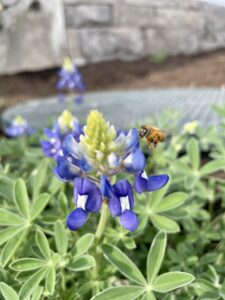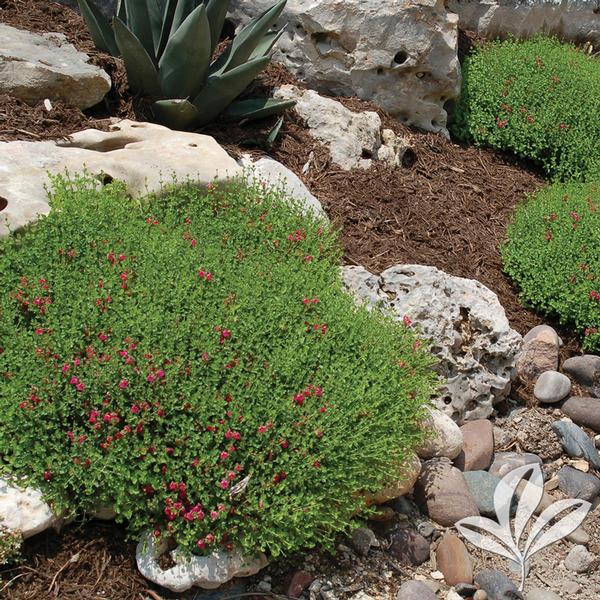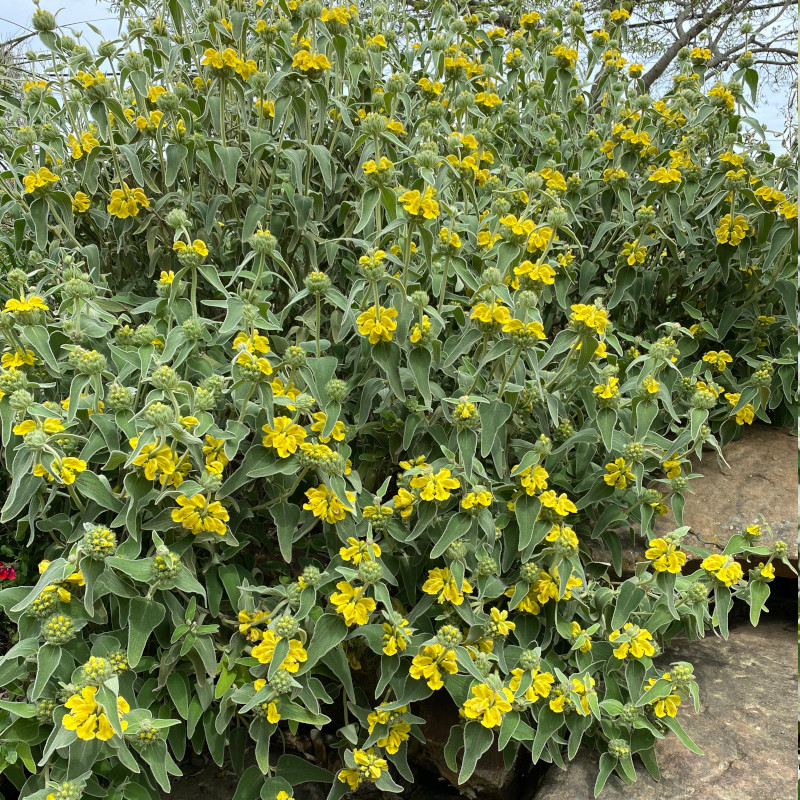Creating a Pollinator Paradise in Your Backyard


Did you know your Cedar Park garden could be a haven for the tireless workers of our ecosystem – pollinators? These hard working creatures, from bees and butterflies to hummingbirds, bats, and more are crucial for our food supply and the health of our ecosystem. And the good news is, creating a pollinator-friendly garden is not only beneficial but also surprisingly easy and rewarding!
Why Pollinator Gardens Matter in Cedar Park
Cedar Park's unique climate and landscape provide a perfect opportunity to support a diverse array of pollinators. By planting native plants that bloom at different times throughout the year, you can provide a consistent source of nectar and pollen, ensuring these essential creatures have the sustenance they need to thrive. A pollinator garden also helps to:
- Boost biodiversity: Attract a wide range of insects, birds, and other wildlife to your garden.
- Conserve water: Native plants are naturally adapted to our climate and require less irrigation.
- Reduce pesticide use: A healthy ecosystem naturally controls pests, reducing the need for harmful chemicals.
Enhance your garden's beauty: Native plants add unique colors, textures, and fragrances to your landscape.
Designing Your Cedar Park Pollinator Garden



- Sun and Soil: Most pollinators prefer full sun, so choose a sunny spot. Cedar Park soils can be a bit challenging, so amend with compost to improve drainage and fertility.
- Plant Selection: Focus on native Texas plants that attract a variety of pollinators. Some great choices for our area include:
- Spring Bloomers: Texas bluebonnet, Indian blanket, winecup
- Summer Bloomers: Purple coneflower, black-eyed Susan, butterfly weed
- Fall Bloomers: Goldenrod, chrysanthemums, asters
- Plants for Caterpillars: Milkweed (for monarchs!), passionflower vine, dill
- Variety is Key: Include plants of varying heights, colors, and bloom times to attract a wide range of pollinators throughout the seasons.
- Water Source: A shallow dish with rocks and water will provide a drinking spot for butterflies and bees.
Shelter: Include rocks, logs, or brush piles for insect nesting and overwintering sites.
Tips for Success:
- Go Organic: Avoid pesticides and herbicides, as these can harm pollinators.
- Layer Your Plants: Create visual interest and habitat by planting in layers (groundcovers, mid-height plants, shrubs).
- Leave Some "Wild" Areas: Allow a patch of native grasses or wildflowers to grow for additional habitat.
- Deadhead Spent Blooms: Encourage continuous blooming by removing faded flowers.
Need a Little Help?
If you're looking for expert advice or a wide selection of native plants, visit us at Hill Country Water Gardens and Nursery. We're passionate about supporting pollinators and can help you create the perfect pollinator paradise in your Cedar Park backyard.
Let's Get Buzzing!
Creating a pollinator garden is a small step that can make a big difference. By providing a welcoming haven for these essential creatures, you'll not only be enhancing the beauty and health of your garden but also contributing to a more vibrant and resilient ecosystem in our community. Check out the Pollinator Partnership for more info!
-Calvin King HCWG Horticulturist and co-owner of Glass Root Garden

You must be logged in to post a comment.